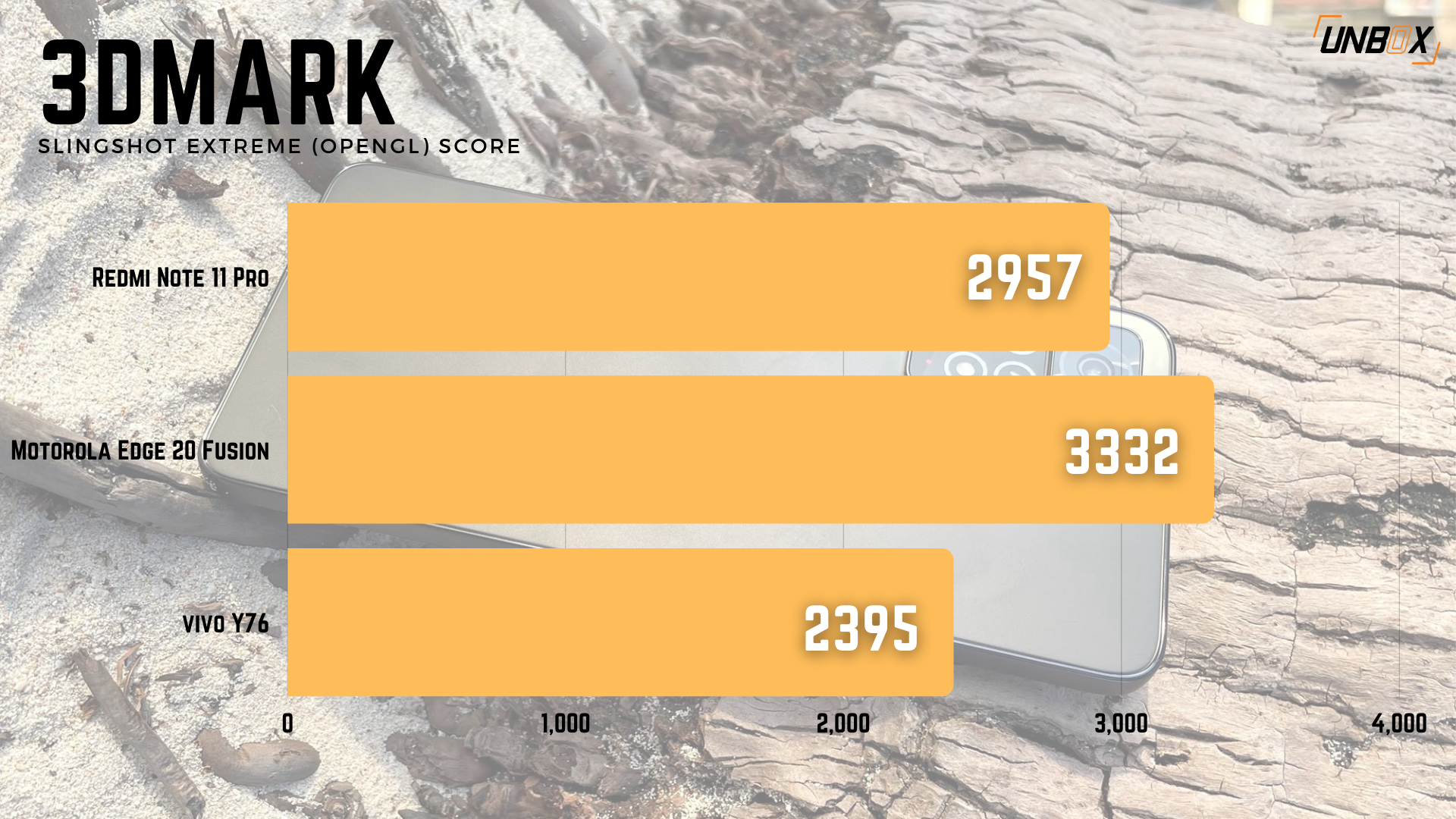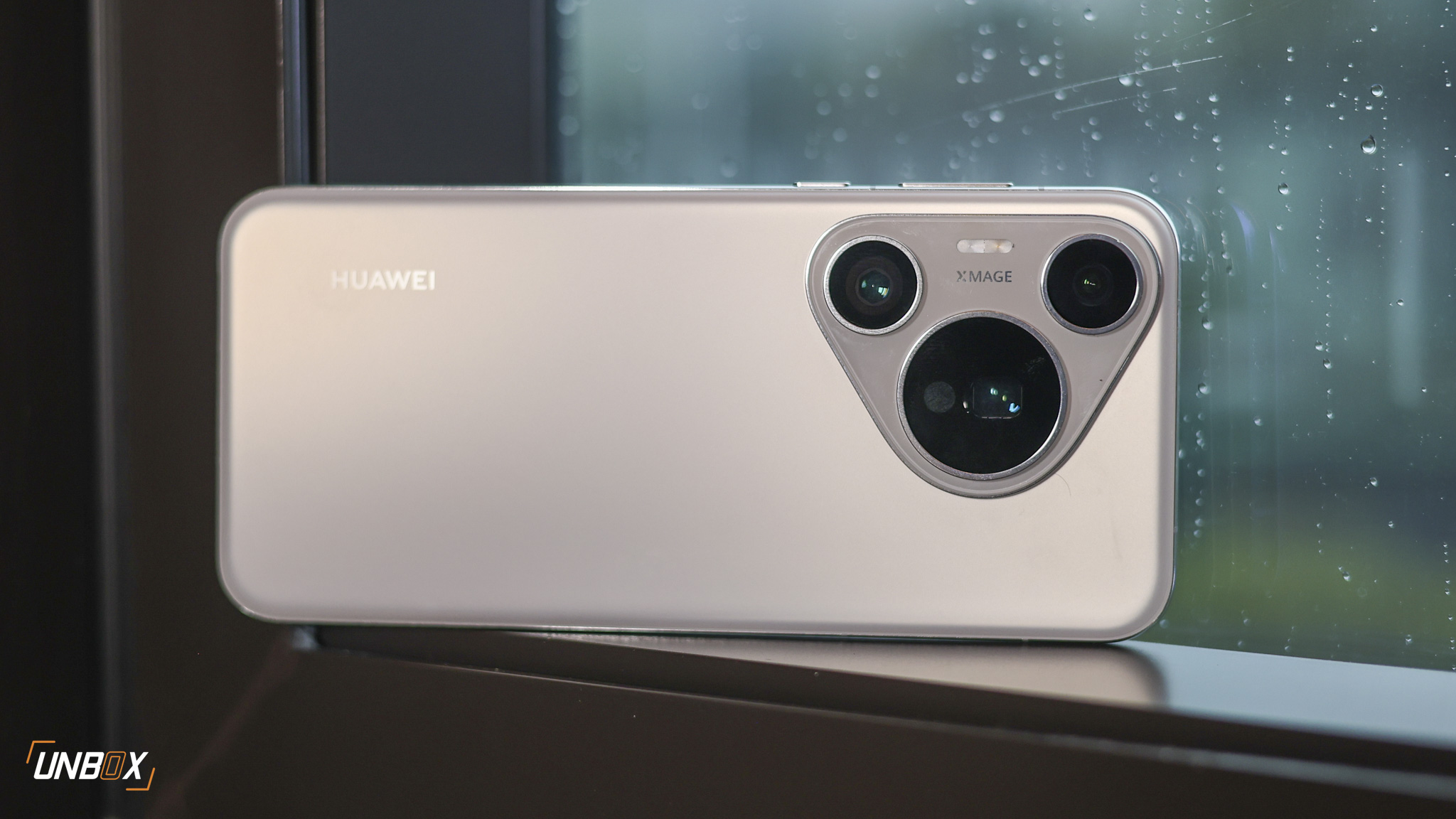Review verdict: The Xiaomi Redmi Note 11 Pro 5G has plenty of great features for mid-range bargain hunters in the Philippines, but so-so processor performance and some shooting niggles dampen the phone’s bang-for-the-buck proposition.
Pros
- Bright display with 120Hz refresh rate
- Feels more expensive than it is
- Comes with a 67W fast charger out of the box
- Great price for a 5G-capable phone (if Xiaomi PH follows global pricing)
Cons
- Lots of bloatware
- Some camera issues
Redmi Note 11 Pro 5G Review Philippines Specs
- Snapdragon 695 processor
- 6GB/8GB RAM
- 64GB/128GB storage
- 6.67-inch Full HD+ AMOLED display, 120hz refresh rate, 360hz touch sampling
- 108-megapixel f/1.75 ISOCELL HM2 main camera with PDAF, 8-megapixel f/2.2 ultra-wide-angle camera, 2-megapixel macro camera
- 16-megapixel f/2.4 selfie camera
- 4G, 5G
- WiFi, Bluetooth 5.1, side-mounted fingerprint scanner
- Stereo speakers, IP53 rating
- 5160mAh battery
- 67w wired charging
- Android 11, MIUI 12.5
After releasing their Redmi Note 11 to the Philippine market last month, Xiaomi is now on track to stock store shelves with their Redmi Note 11 Pro 5G in the Philippines. The phone is the spendier version of the brand’s mid-range line, sporting 5G connectivity, very fast charging as well as a fast, 120Hz display. Is it worth putting in your cart? Read on:

Design
Xiaomi’s 2022 Redmi Notes have a flatter, more iPhone-like aesthetic than last year’s models, a design change that I personally like. The slab-sided back is made of glass, and whatever color you get is treated to a matte coating to help repel fingerprints from sticking to it.

The frame is plastic, though that doesn’t take away too much from the premium feel of the phone. The slab-sided back and front of the phone are complimented by rounded corners, and overall the phone felt comfortable to hold and use.
Probably the only gripe I have with the design is the camera module. It’s a rectangular design with the main shooter protruding a few mm above the module and the phone’s body. And while at first glance the camera module may look like it holds five cameras, in truth it only holds three.

The flash and “AI” branding adds a superfluous element to the module’s design which ultimately makes it bigger than it really needs to be.
The side of the phone holds the volume rocker and power button, which conveniently doubles as the fingerprint scanner, as is common for phones in this price range. There are two speaker grilles for audio (on top and bottom), and the phone has a 3.5mm jack on top. The hybrid SIM slot sits on the bottom, along with the Type-C connector.

Display and audio
One of the main draws of the Redmi Note 11 Pro 5G is its display. Measuring in at 6.67-inches, the Super AMOLED panel looks incredibly good and has a 120Hz refresh rate that makes scrolling through content incredibly smooth.

There are some trade-offs though – the bezels of the screen on the chin sides and top are a little thicker than we would have liked, but that’s a minor thing. There’s a halo notch cut-out at the top for the 16-megapixel selfie camera.

As far as audio is concerned, it’s pretty decent. Those stereo speakers do a good job belting out audio in an enclosed space, and cranking the volume up doesn’t distort the sound produced too much. There’s even a 3.5mm jack here so people with wired cans can shift to their preferred headphones when they want to enjoy more personalized audio.

Cameras
As we mentioned earlier, the phone has three cameras overall: a 108-megapixel ISOCELL HM2 main camera with an f/1.9 aperture plus PDAF, along with an 8-megapixel f/2.2 ultra-wide sensor and a 2-megapixel f/2.4 macro shooter.

The 108-megapixel main shooter takes good photos, though it does suffer when it comes to more challenging light conditions where there’s not that much light. In lower light, you can see some details suppressed by the noise reduction algorithm, but it’s not enough to ruin the entire experience.
One thing that a budding mobile cinematographer may not like with the phone is that it’s only able to record video at 1080p max and at 30FPS.
Performance, software, battery life
The Xiaomi Redmi Note 11 Pro 5G runs on Qualcomm’s Snapdragon 695 processor, which is a little better than the chipset found in its brothers. The SD 695 is an octa-core processor that has 5G capabilities and is built on a 6nm process.
The phone is available in different storage and RAM options, starting from 64GB to 128GB for storage and 6GB to 8GB for RAM.
The processor gets the job done, meaning it keeps the phone running smoothly on most apps without an issue. The chip’s performance is tailored to longevity rather than raw performance, though it’ll get through gaming sessions in Genshin Impact relatively intact, though you’ll have to tone down graphical settings for maximum smoothness.
The phone runs MIUI 13 with Android 12 onboard, and while Xiaomi’s UI overlay looks fairly clean, there’s still way too much bloatware pre-installed on the phone for my liking.
The battery is a 5000mAh unit which is plenty for all-day use. In fact, our battery tests with the PCMark Battery Benchmark put overall endurance for this phone at 19 hours and 33 minutes, certainly ensuring that the phone is able to last for more than a day on a single charge. If you do finish off the phone’s battery, the 67W fast charger will be able to top it off in no time.

Wrap-up and verdict
Our Xiaomi Redmi Note 11 Pro 5G review for the Philippines reveals a phone that has a lot of overlap with Xiaomi’s other, more premium offerings, though there’s still plenty to like here.
The phone’s above-average processor, camera performance as well as insane battery life make it a solid mid-range choice for people looking for a phone that’s a bit better than the brand’s other budget offerings.
Xiaomi hasn’t officially announced local pricing for the new phone, but the 6GB/64GB variant has a global price of $329, which, when directly converted comes out to around 16.9K.
































